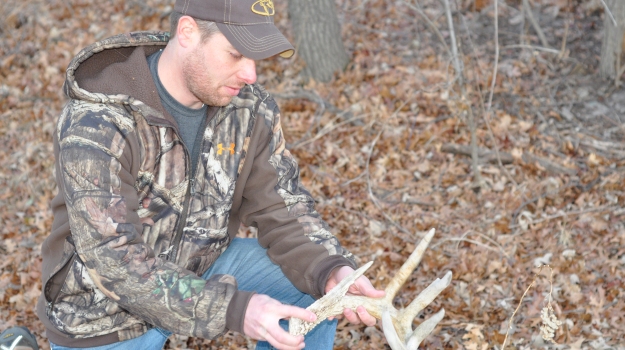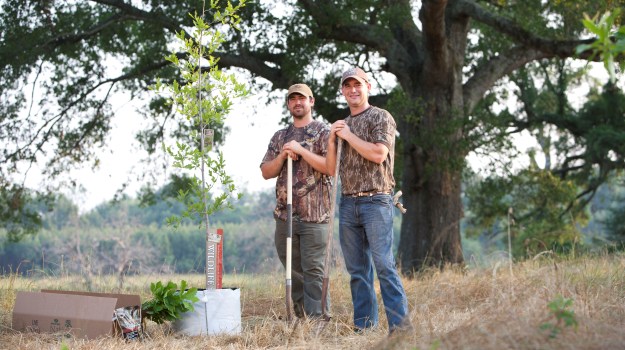
The thrill of the hunt; the challenge of the chase; sitting in a tree in the extremely biting cold winds of winter to wait for that whitetail to come forth and present itself - all of this is an adrenaline rush. But when the snow ceases to fall, searching the woods in the springtime for deer antlers that have been shed by prize bucks is also turning into an interesting sport that’s growing in popularity every single year.
It’s completely natural for bucks to shed their antlers after the breeding season is over and done with and the testosterone levels drop. In fact, this is nature’s gift, because when the antlers are shed a new, larger set of antlers begins to take shape.
More and more, hunters, landowners and property managers are taking an in-depth interest in being able to attract more deer to their landscape, which means finding ways to actively manage their deer populations. One of the easiest ways to do this, to understand the count of the herd and whether or not that count is falling or on the rise, is to search for shed antlers.
But it’s not only landowners that are getting into the spirit of shed hunting. A lot like the feeling you receive at the end of football season and the strange longing it promotes to get going on the new draft so that the next season can begin, March is the month where active hunters and sportsmen/women grow idle. An actual desperation for deer season to begin again occurs, and shed hunting allows the fix that’s needed when the next season is still a great distance away.
There are more and more stories arriving from hunters about how they saw a particular whitetail buck roaming their property and made a note (when the buck was not claimed) to search the property in March to find the shed antlers. Even for the amateur hunter or the ones who wish to avoid hunting but still want that glorious prize to hang in their home, this new and different deer season is a cool way to get close to that amazing creature.
When antlers first grow in every spring, it is to help bucks through the mating process. As the antlers grow they have a very sensitive covering - a lot like human skin - that’s known as velvet. Once the antlers are fully formed, this covering is then slowly rubbed away by the deer against small tree saplings throughout the forest. Once the mating season is over and the deer no longer needs his antlers for fighting off other bucks and doing the proverbial dance in order to win the doe, the bucks then shed them over a two to three week period.
So why is there a need to search for these sheds right away, seeing as that bucks are not exactly a rare creature? Well, the antlers are actually made of calcium, so once they’re shed all the small critters of the forest arrive and quickly eat what the deer has left behind.
In order to locate fresh sheds, you have to start immediately after hunting season has come to an end. The prize or trophy antlers are out there, but not for long. And these are truly trophies, seeing as that large bucks are smart enough to avoid being seen, so the antler sheds actually offer you an image of what these mighty creatures look like. And the process of actually being able to follow the same buck’s progression is more than possible; if you’re alert enough, you can find the shed antlers of the same buck year after year. Since antlers come in larger every time, this will show owners and property managers the growth rate of bucks located on their property.
In order to find what you’re looking for, make sure to zone in on the most active feeding areas - green fields and hardwood stands that produce a lot of acorns are the best place to begin. From there, travel the same route the buck would take, basically into the thick patches of woods where the deer would bed down.
In the end - even though we can do nothing about increasing football season (yet) - the hunting season can continue as you embark on the new adventure of discovering those amazing sheds!




























